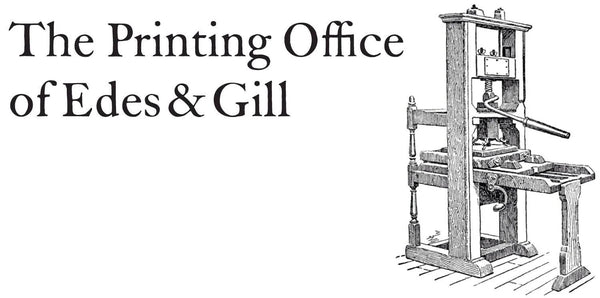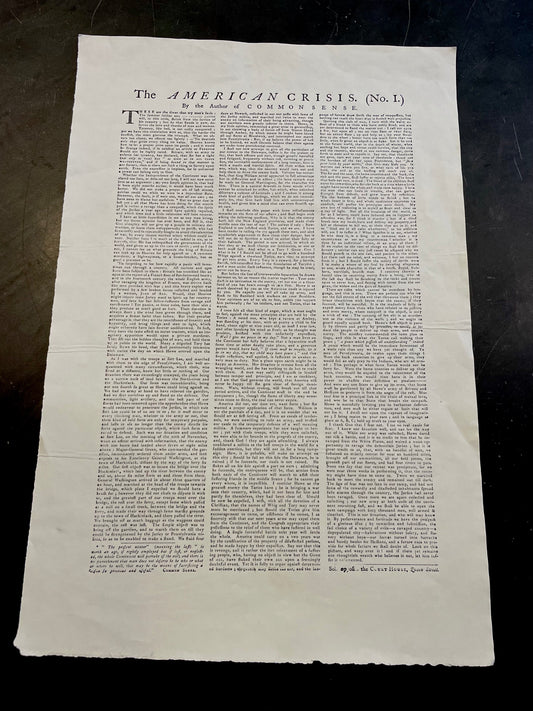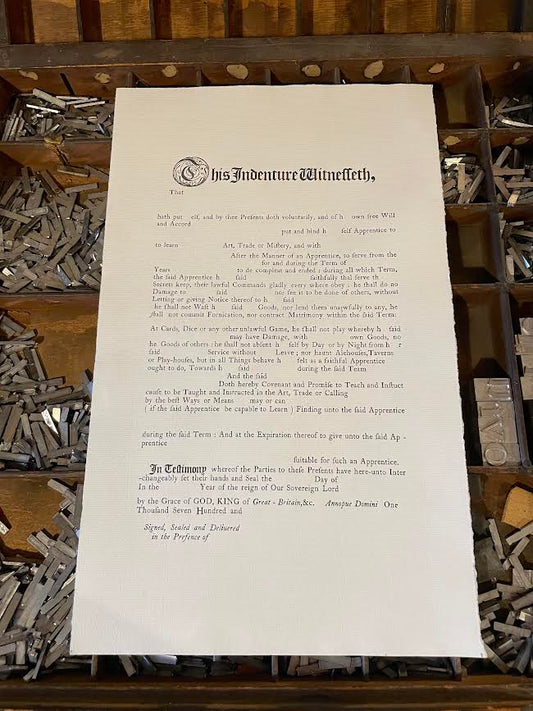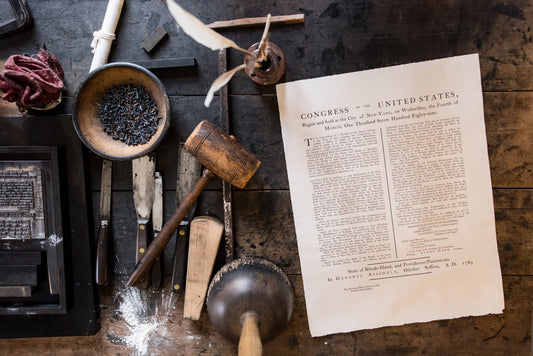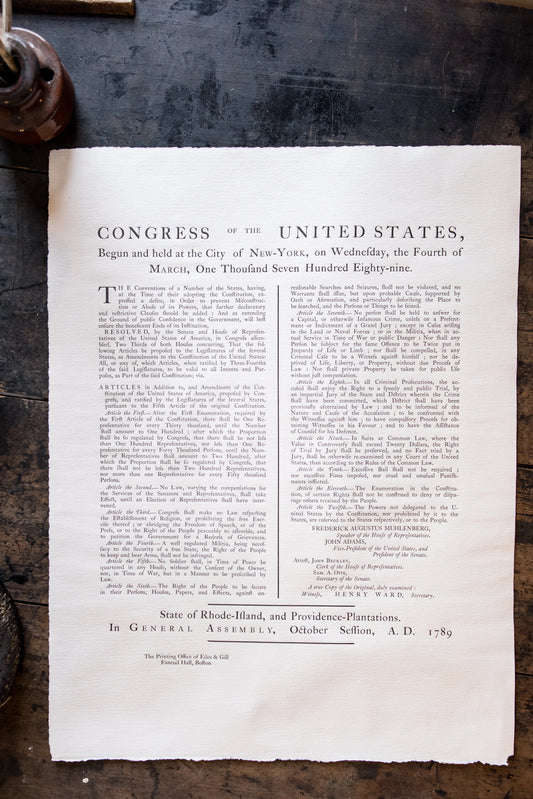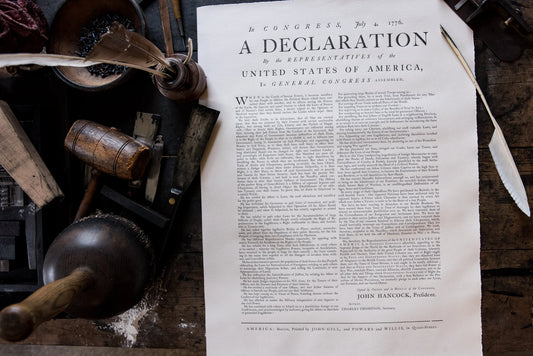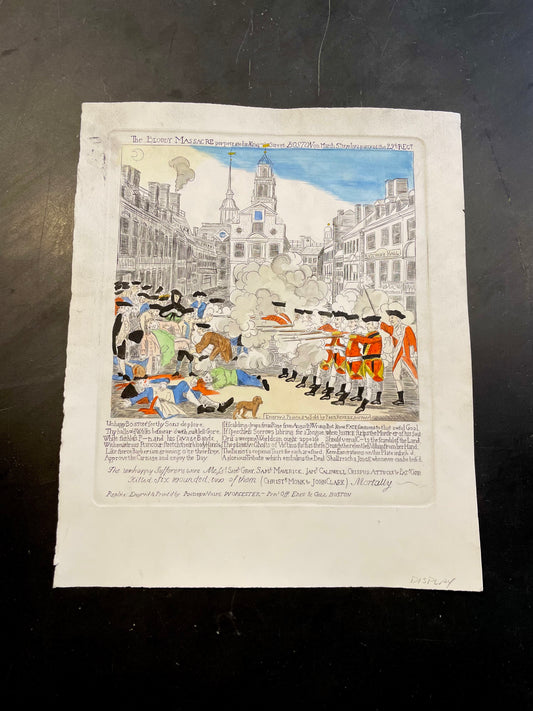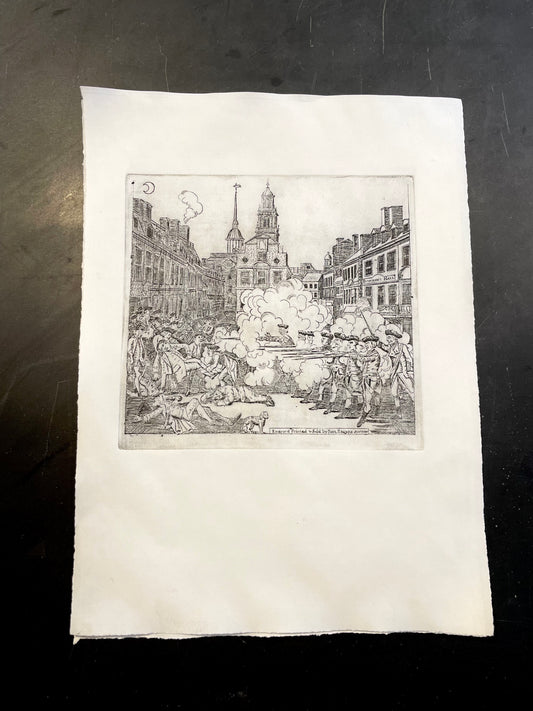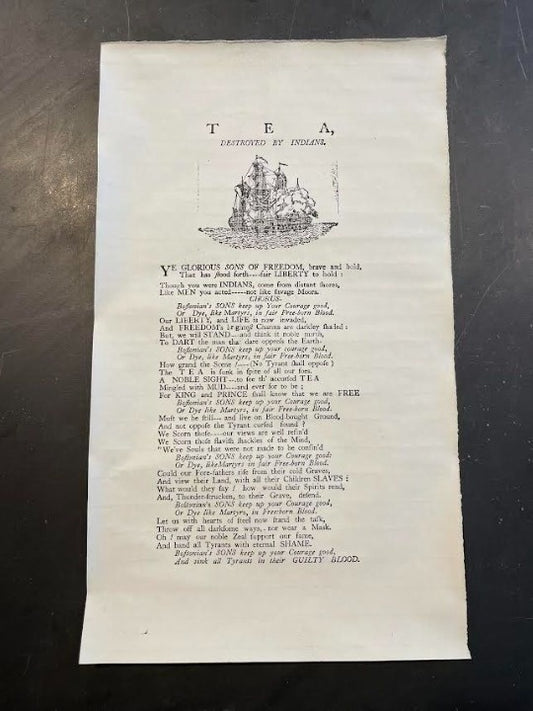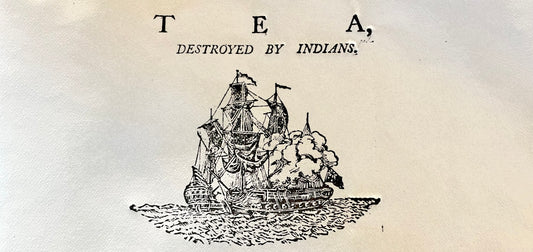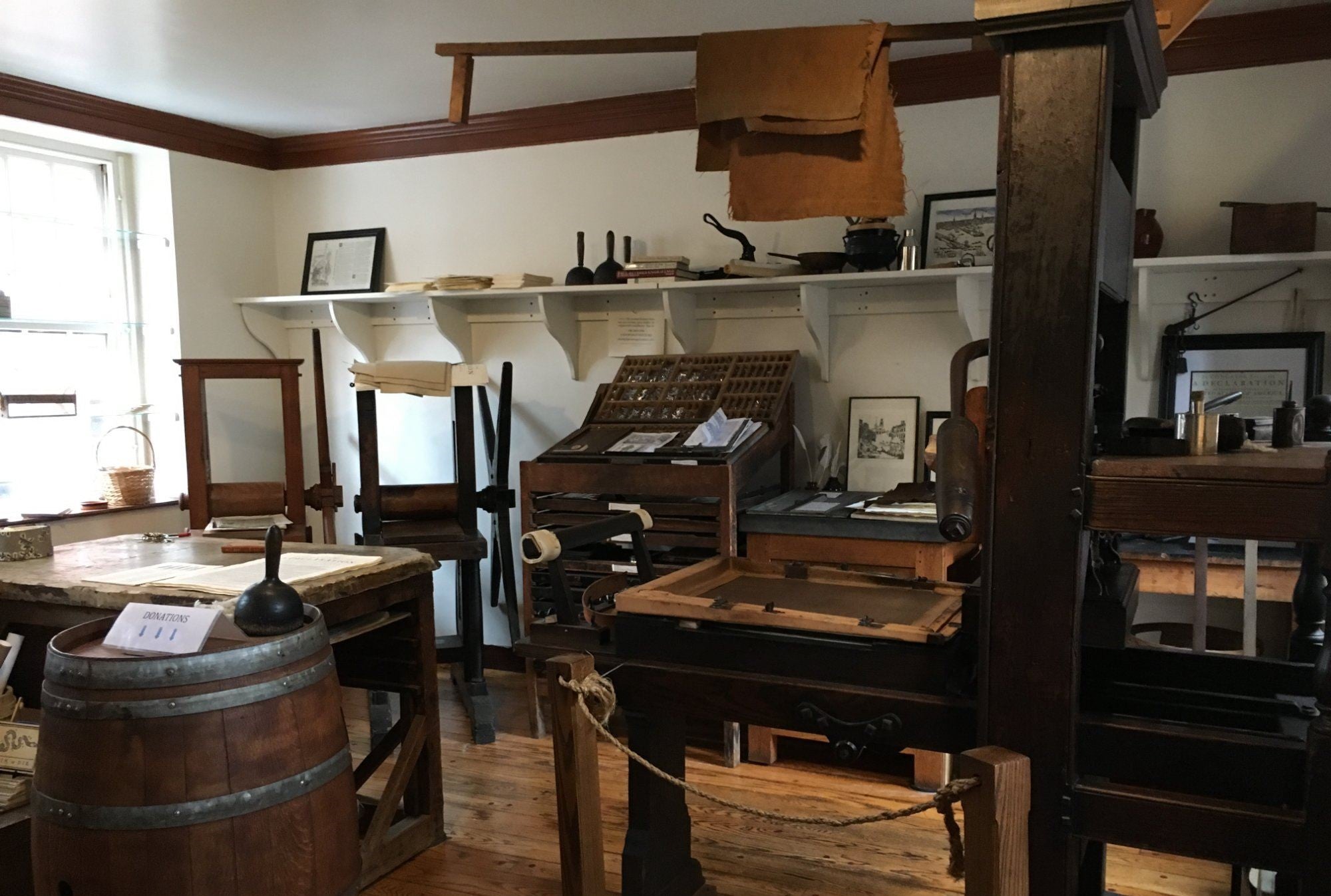
The Printing Office of Edes & Gill
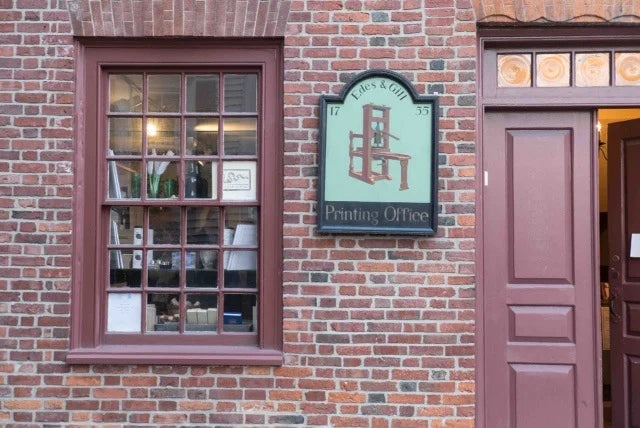
Our Mission
At The Printing Offices of Edes & Gill, we educate and entertain the public with historically informed demonstrations of printing technology. We teach media literacy and civic engagement by reproducing and engaging in dialogue with 18th-century Revolutionary documents whose ideas shaped the city of Boston and founded the United States.
Our Living History museum located at the Old North Church has on display printing presses, documents and tools of the printers' trade used from the 15th to the 18th century.
Founded by Gary Gregory in 2007, The Printing Office of Edes & Gill was created to bring to life the trade that brought the American revolution into existence more than any other. Mr. Gregory also founded Lessons on Liberty, which provides historically accurate educational tours of Boston's Freedom trail. Mr. Gregory’s passion for the American revolution began in 1997 with a corporate relocation to Boston From Los Angeles. The rest as they say … is history!
Products
-
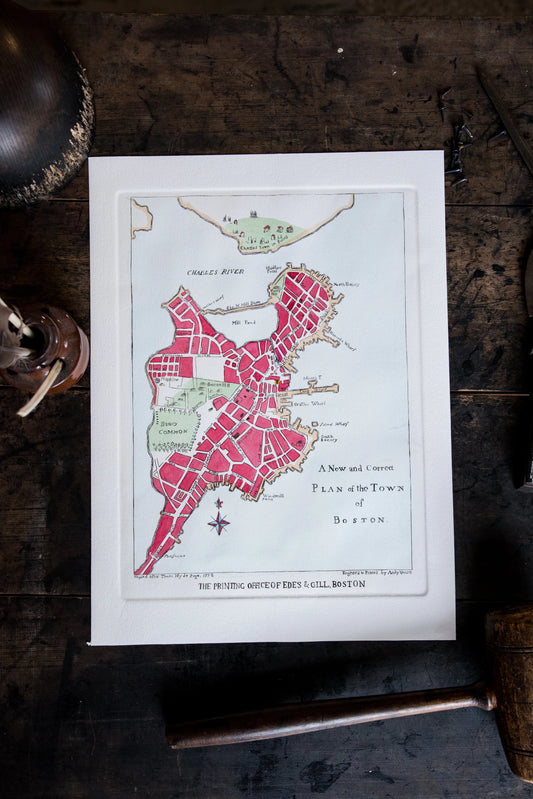 Sold out
Sold out1775 Map of Boston
Regular price From $45.00 USDRegular priceUnit price / per -
American Crisis
Regular price $24.95 USDRegular priceUnit price / per -
Apprentice Indenture Contract
Regular price $24.95 USDRegular priceUnit price / per -
Bill of Rights
Regular price $24.95 USDRegular priceUnit price / per -
Boston Declaration of Independence
Regular price $24.95 USDRegular priceUnit price / per -
Boston Massacre Engraving - 250th Commemorative
Regular price From $45.00 USDRegular priceUnit price / per -
Boston Tea Party - 250th Commemorative Poem
Regular price $15.00 USDRegular priceUnit price / per -
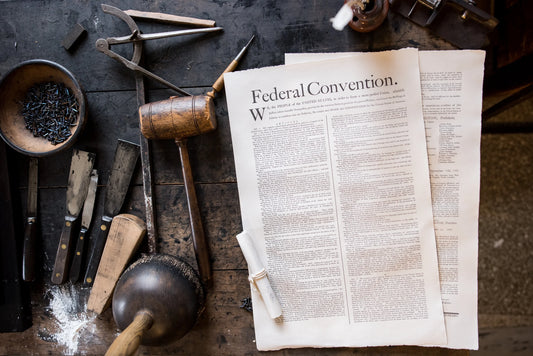
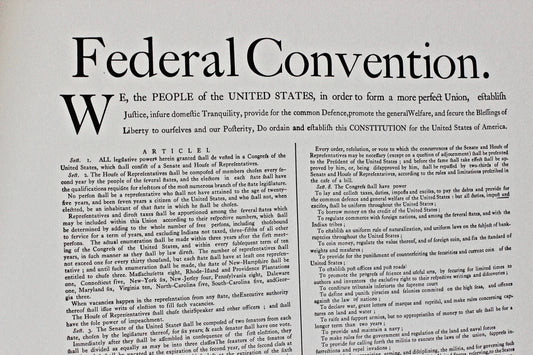 Sold out
Sold outFederal Convention - US Constitution
Regular price $35.00 USDRegular priceUnit price / per
